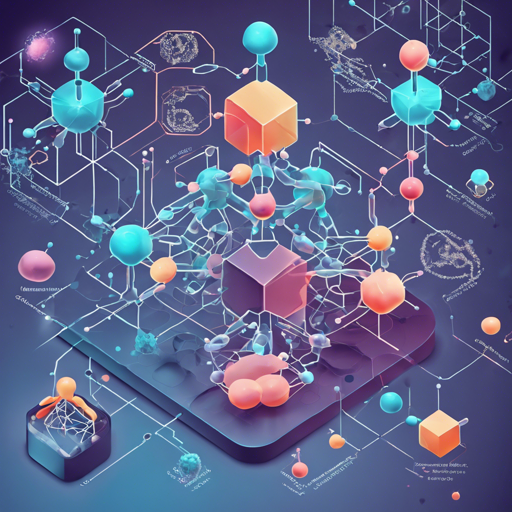In the vast universe of modern chemistry and drug design, Generative AI and Deep Learning have emerged as powerful tools. Their ability to analyze patterns, understand molecular structures, and generate new chemical entities is revolutionizing the landscape of molecular design. This blog aims to guide you through the methodologies, challenges, and resources available for achieving effective molecular and material design.
Understanding Molecular and Material Design
Molecular design involves the creation of new molecules by understanding their structure and properties, while material design focuses on the development of materials with specific physical, chemical, and structural attributes. Incorporating Generative AI into these domains allows researchers to harness machine learning models to generate molecular conformations or predict material properties, enhancing the design process.
Tools and Methodologies
Here’s a structured approach to tackle molecular design using Generative AI and Deep Learning:
- Generative Models: Utilize models like Variational Autoencoders (VAE), Generative Adversarial Networks (GAN), and Transformers to generate molecular structures.
- Multi-Target Deep Molecular Generative Models: Develop compounds that can target multiple biological pathways or mechanisms using advanced machine learning techniques.
- Text-Driven Molecular Generation: Leverage natural language processing models to convert textual descriptions of desired properties into molecular structures.
- Quantum Deep Learning: Apply quantum computing methods for a more nuanced understanding of molecular interactions and properties.
Code Example and Analogy
The coding aspect in molecular design can often appear complex, much like trying to read a foreign language for the first time. Imagine you’re learning how to command a robot to build a structure from Lego blocks. Each type of block serves a purpose, and you need to provide precise instructions for the robot to follow. In molecular design, code serves as those instructions that guide the AI in recognizing which atoms (blocks) to use, how to connect them (the assembly instructions), and what type of structure to generate (the final structure). Here’s a simplified illustration of how generative models actively participate in molecular formation:
def generate_molecule(properties):
# Use deep generative models to create molecular structure based on input properties
molecule = deep_learning_model(properties)
return molecule
Troubleshooting Common Issues
As you embark on your journey in molecular and material design, you may encounter some hurdles:
- Model Overfitting: If your generative model performs exceptionally well on training data but fails to generalize on new data, consider simplifying the model or using dropout techniques.
- Data Quality: Ensure the datasets used for training are high-quality, diverse, and representative of the chemical space you wish to explore. Poor quality data can lead to unreliable model outputs.
- Interpretability of Models: Many deep learning models act as “black boxes.” Utilize techniques like SHAP (SHapley Additive exPlanations) or LIME (Local Interpretable Model-agnostic Explanations) to better understand model decisions.
- Performance Issues: If your model takes too long to run, consider optimizing your code or utilizing more robust computing resources like GPUs.
For more insights, updates, or to collaborate on AI development projects, stay connected with fxis.ai.
Conclusion
At fxis.ai, we believe that such advancements are crucial for the future of AI, as they enable more comprehensive and effective solutions. Our team is continually exploring new methodologies to push the envelope in artificial intelligence, ensuring that our clients benefit from the latest technological innovations.

